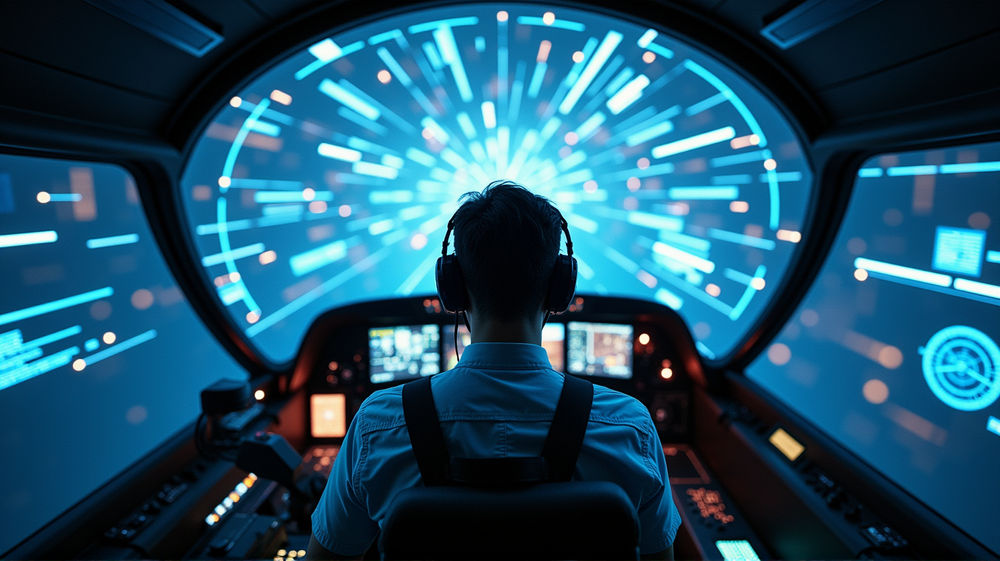Not Flying Blind: UMD's Groundbreaking Tech Elevates Pilot Skills to New Heights!
Navigating an aircraft requires impeccable precision and an acute perception of the environment. The University of Maryland (UMD) is at the forefront of a revolution in aviation technology that promises to dramatically enhance the way pilots experience and interpret the skies. This groundbreaking development ensures that pilots are never truly flying blind but are instead equipped with the tools necessary for unparalleled situational awareness.
The Future of Aviation: Beyond Human Eyes
Gone are the days when pilots relied solely on their innate skills and intuition. UMD researchers have introduced a technology that fundamentally alters the way pilots perceive their surroundings. As stated in WMAR 2 News Baltimore, this innovation offers pilots more accurate and comprehensive views of their external environment, integrating multiple data points into a coherent, easily interpretable display. This amalgamation of real-time data not only aids in making rapid decisions but also enhances safety protocols dramatically.
Embracing Cutting-Edge Visuals
Imagine a cockpit where traditional dials and toggles are supplemented by advanced digital screens capable of overlaying crucial information directly onto a pilot’s visual field. This augmentation transforms complex scenarios into manageable visual snapshots, ensuring pilots are always one step ahead. The tech developed at UMD seamlessly blends augmented reality with live flight data, creating an immersive visual experience that elevates pilot skillsets to new zeniths.
A Leap Towards Zero Blind Spots
The integration of this technology ensures that pilots can break free from the constraints of limited cockpit visibility. By leveraging sensors and high-definition cameras, pilots receive a panoramic, bird’s-eye view of their aircraft’s surroundings. This enhancement is pivotal in preventing common aviation hazards and fostering smoother navigation even under challenging weather conditions.
Safety Like Never Before
Ensuring safety in aviation remains a steadfast priority, and UMD’s technology is poised to be a game-changer in this regard. By offering pilots clear insights into potential risks, such as nearby obstacles or sudden changes in meteorological conditions, flights are set to become not only safer but also more efficient. The peace of mind this technology offers is unmatched, translating to fewer flight delays and a significant decrease in airborne incidents.
Pilots as True Masters of the Skies
With these innovations, the role of a pilot transforms from operator to orchestrator, capable of mastering complex aerodynamics with finesse. UMD’s commitment to not just advancing but redefining pilot assistance technology reflects an appreciation for both technological prowess and human ingenuity. Pilots equipped with these tools become artists of the air, painting their pathways amidst the canvas of the skies with confidence and precision.
In conclusion, the University of Maryland is not just enhancing pilot perception—it is pioneering a new era of aviation excellence. This technology underscores the belief that the cockpit of tomorrow is not about gadgets and interfaces but about empowering pilots to soar beyond the conceivable limits. As aviation continues to evolve, UMD ensures that its pilots are never left trailing behind.




